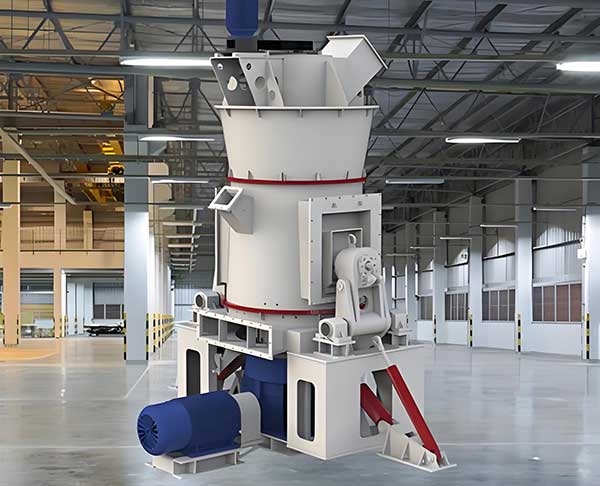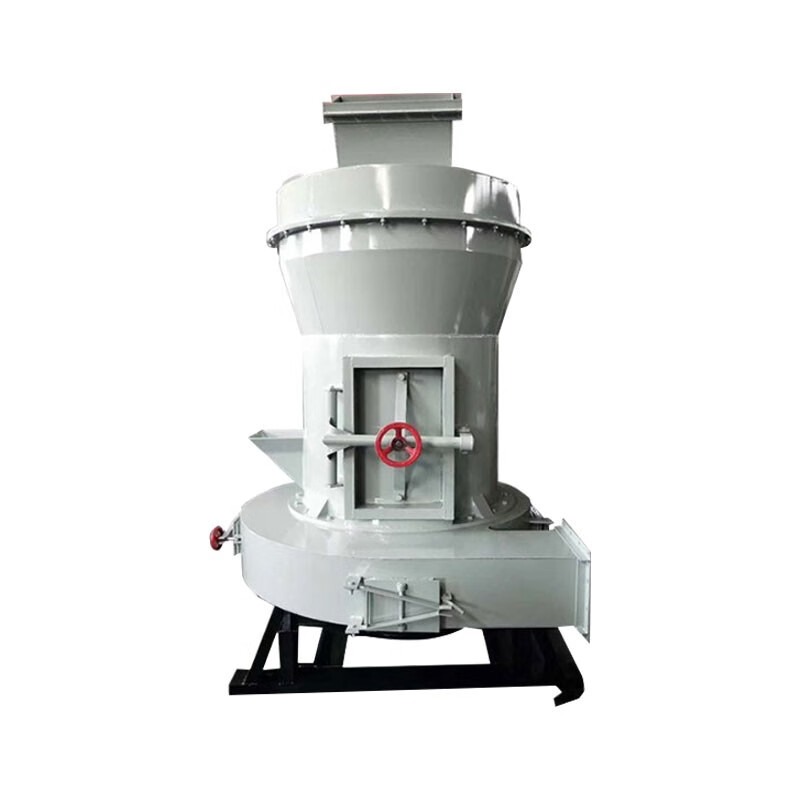Industry news
Which talc grinding machine has high output and good effect
In the industrial production of talc, equipment selection is directly related to production efficiency and product competitiveness. Among the current mainstream talc grinding equipment, vertical mills and Raymond mills have demonstrated high-efficiency characteristics in different production scenarios with their respective technical advantages.

1. Vertical mill: the first choice for large-scale production
Vertical mills (such as HLMX and HLM series) have performed well in large-scale talc processing, and their core advantages are reflected in three aspects:
High yield and high efficiency: With roller milling technology, the production capacity of a single machine can reach 5-200t/h, which is 30%-50% higher than that of traditional equipment. By integrating drying, grinding and grading functions, raw materials with a moisture content of ≤15% can be directly processed, reducing the pretreatment process.
Energy saving and consumption reduction: The air circulation system and the grading device work together to reduce energy consumption by 20%-30% compared with Raymond mills. For example, the HLM series is equipped with a PLC control system to realize dynamic monitoring of energy consumption, and the unit power consumption is only 3/4 of that of traditional equipment.
Wide coverage of fineness: The finished product fineness covers 22-180μm (80-800 mesh). By adjusting the speed of the classifier, different mesh products can be quickly switched to meet the needs of the mid-to-high-end market such as papermaking and coatings.

2. Raymond mill: the best cost-effective solution
Raymond mill maintains competitiveness in small and medium-sized talcum powder production lines:
Stable production capacity: For 80-400 mesh powder processing, the single machine capacity is stable at 6-25t/h. The modular structure design extends the maintenance cycle to 1000 hours, and the equipment operation rate can reach more than 95%.
Environmental protection: The fully sealed grinding chamber is equipped with a pulse dust removal system, and the dust emission concentration is ≤10mg/m³, which meets the requirements of ISO14001 environmental certification.
Flexible investment: The floor area is reduced by 40% compared with the vertical mill, and the equipment purchase cost is reduced by 50%, which is particularly suitable for small and medium-sized enterprises with an annual output of less than 50,000 tons.
Selection suggestions
Annual production of more than 100,000 tons: HLMX series vertical mills are preferred, and intelligent production lines are built with automatic control systems.
Medium-fine conventional powder: Raymond mills are still the most cost-effective choice due to their low operation and maintenance costs.
The current equipment iteration has achieved a balanced optimization of energy consumption and production capacity. Production companies need to choose suitable models according to market positioning. Equipment upgrades can improve comprehensive benefits by 15%-30%.
Categories
News
Contact Us
Contact: XKJ GROUP
Phone: 0086 138 3714 0277
Tel: 0371-65751333
E-mail: sales01@xkjgroup.com
Add: Xing yang city, Zheng zhou city, Henan province, China